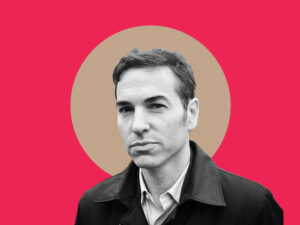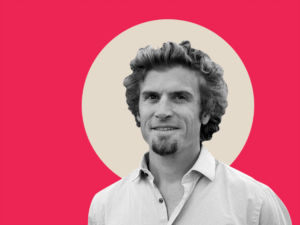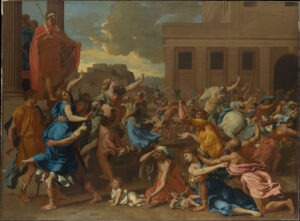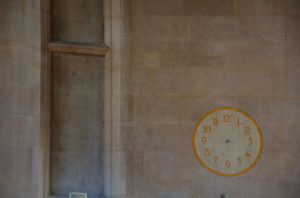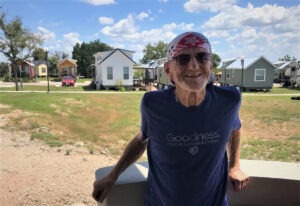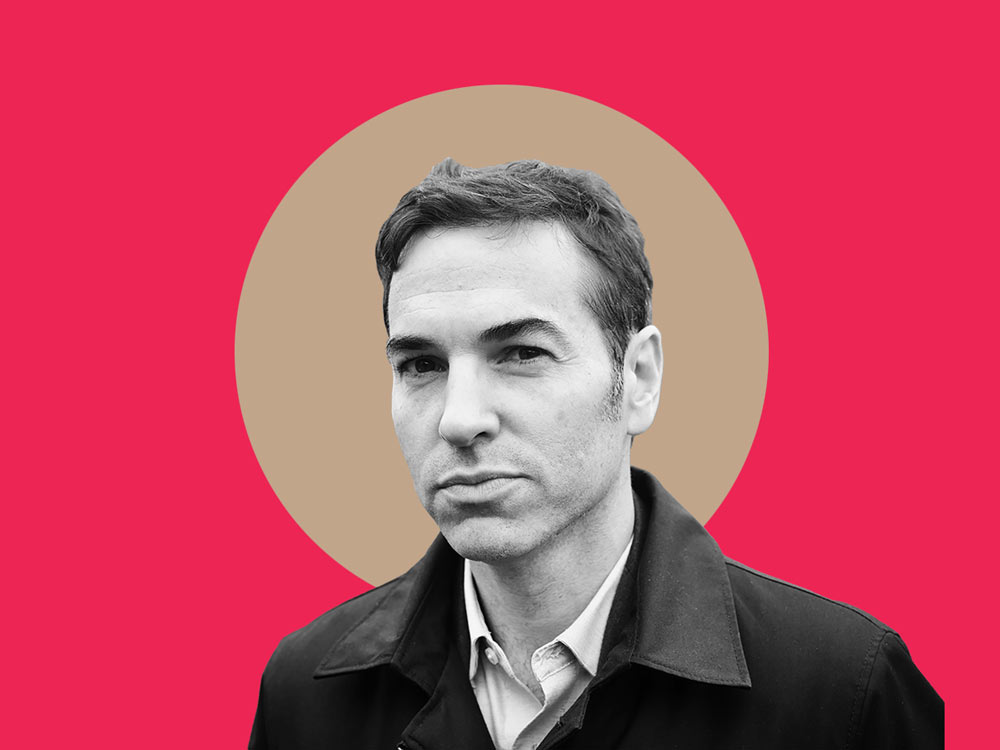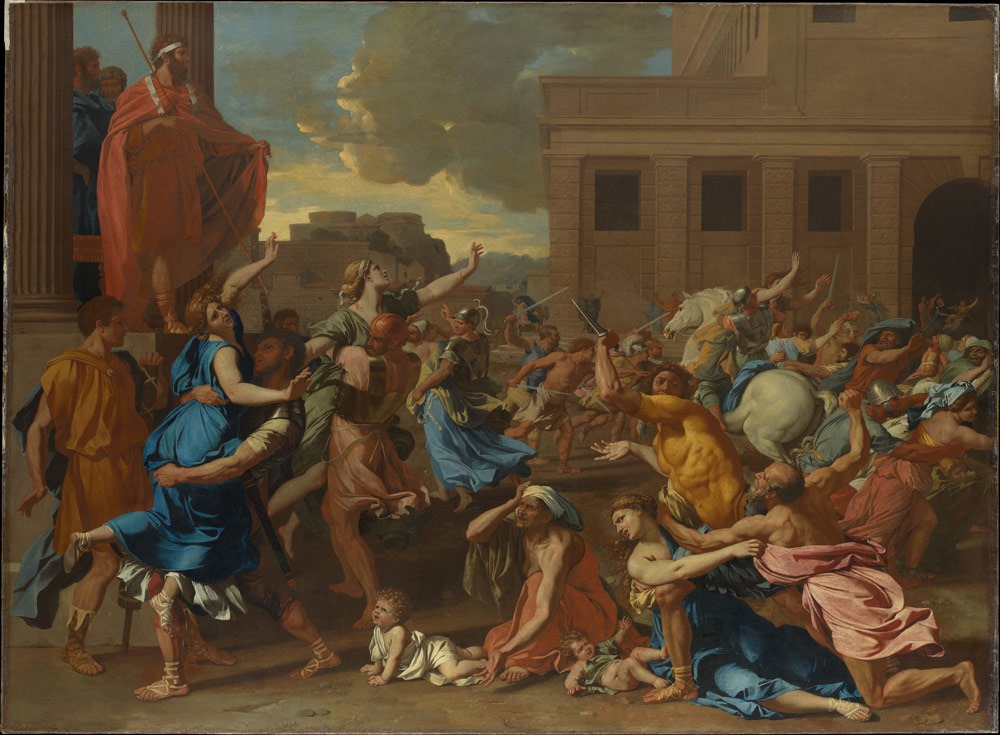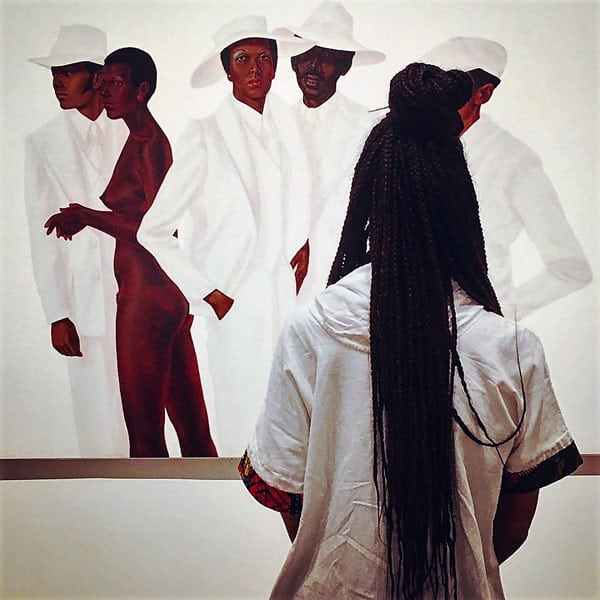
Twitter erupted recently with news that the National African American History and Culture Museum’s hip hop exhibit was being curated by a white woman, who had been working on the exhibit for years. A similar debate occurred in the spring when the Brooklyn Museum hired a white woman as a consultant curator for African Art. Critics wondered if there were any Black people who could fill the roles instead.
The backlash focused attention on a long-standing problem. “Our art museums are not diverse,” Johnnetta Betsch Cole, past president of the Association of Art Museum Directors and former director of the Smithsonian’s National Museum of African Art, tells us. “When underrepresented folk are brought into our museums, and I would say that’s from leadership roles to visitors, they’re often not made to feel fully welcome.”
Cole points to a likely culprit: a lack of diversity among leadership. In 2015, the Andrew W. Mellon Foundation, where Cole now serves as a Senior Consulting Fellow, surveyed art museums on the diversity of its employees. It showed that 84 percent of the leadership, curatorial, conservation, and programming positions were held by whites. Historically underrepresented minorities worked mainly in facilities, security, finance, or human resources.
The people who are in charge of making decisions at museums and galleries “come from a particular background,” says Angélica Afanador-Pujol. “But that’s not the reality of the United States today.”
Sign up for our free newsletters
Subscribe to NPQ's newsletters to have our top stories delivered directly to your inbox.
By signing up, you agree to our privacy policy and terms of use, and to receive messages from NPQ and our partners.
Afanador-Pujol is Program Director for the Los Angeles County Museum of Art and Arizona State University’s Master’s Fellowship in Art History, a new program designed to give students from diverse backgrounds a chance to earn an advanced degree, something often required for leadership positions in the field. “If we’re not providing for people who can’t afford that education, then—if we intended it or not—we’re keeping them out of cultural institutions,” she explains.
But Lauren Churchwell is one of those who hopes to be at the vanguard of helping to transform America’s art institutions. She just completed a two-year Mellon Foundation Fellowship at the Los Angeles County Museum of Art. “I think about the curator that I want to be,” she says. “I can be someone who reaches out to communities. I can be someone who tries to create spaces that people feel comfortable in, that people feel welcomed in.”
In this podcast, we speak to these three women of color, all at different stages in their careers in the arts, to find out more about how a lack of diverse curators and leaders affects their own experiences. We learn how they navigate spaces that seem unwelcoming. And we hear their thoughts on how museums can become more equitable spaces.
Additional Resources:
- The Andrew W. Mellon Foundation: “Art Museum Demographic Survey”
- American Alliance of Museums: “Facing Change: Insights from AAM’s DEAI Working Group”
- The New York Times: “Brooklyn Museum Defends Its Hiring of a White Curator of African Art”
- Phoenix New Times: “ASU Launches Diversity Initiative With Los Angeles County Museum of Art”
- NPQ: “Museums So White: Survey Reveals Deep Lack of Diversity
Photo: “Looking at Barkley L. Hendricks What’s Going On (1974) at the Soul of a Nation: Art in the Age of Black Power exhibition.” (Photo credit: Frederica Boswell)


